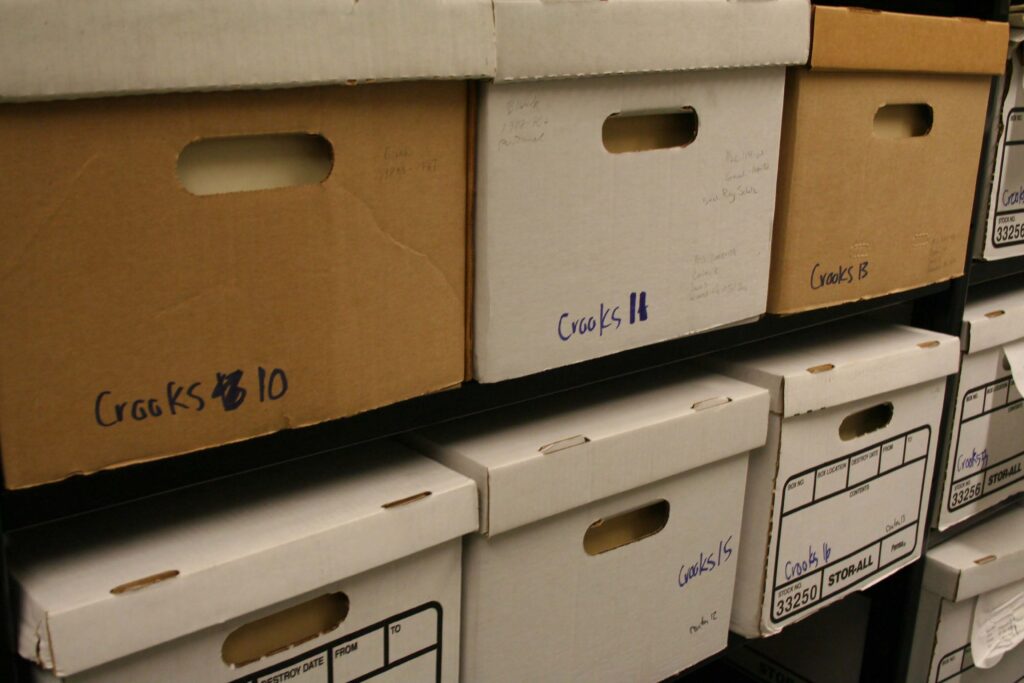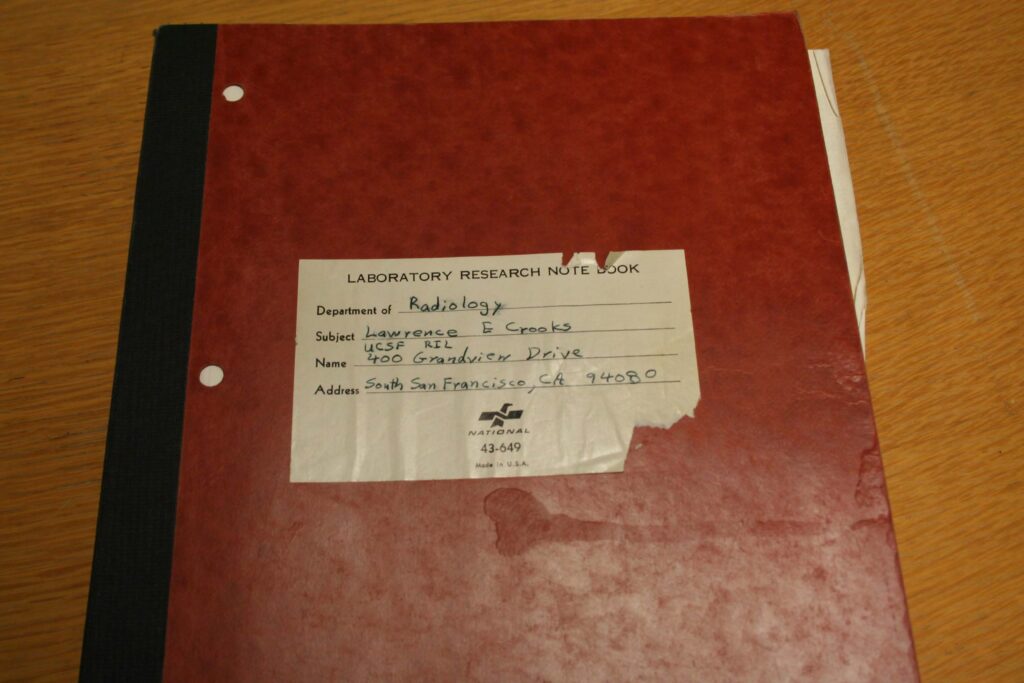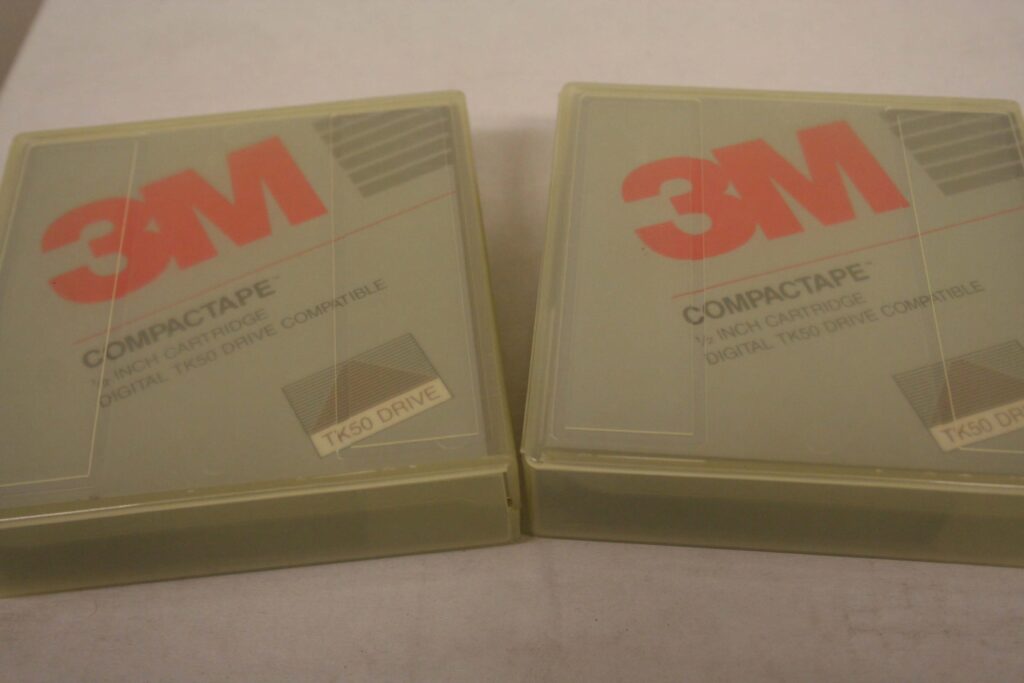For the next year, I’ll be processing the records of the Radiologic Imaging Laboratory (RIL), 1969-2000. This laboratory pioneered advancements in magnetic resonance imaging (MRI) and helped develop technology that’s now used in hospitals and clinics throughout the world. The collection showcases bioengineering in action and highlights the relationships among industry, research, and education at UCSF.
RIL founder and electrical engineer Lawrence E. Crooks gifted the collection to the archives in the early 2000s. It includes over 80 cartons of material ranging from lab notebooks with early scan images to patient records and marketing presentations.
The material traces the RIL’s growth through different funding agencies and corporate affiliations, including Pfizer, Diasonics, and Toshiba. There are even some personal items, like photographs of lab members celebrating Mardi Gras during a conference in New Orleans!

In process marketing slides from the RIL records. The collection includes slides, Polaroids of scan images, negatives, and photographs.
Currently, the collection is cataloged (MSS 2002-08) and has a preliminary inventory, though much of the material lacks intellectual control. My goals are to complete the collection’s processing, create a detailed online finding aid, and digitize a large portion of the material. I will also help curate an exhibit at the UCSF library and a companion online exhibit.
I’m really excited about the project and hope that it will help users better access the material. The collection is rich in research potential and I can’t wait to see the unique projects it inspires.



How is this valuable project progressing and how can physicians like myself gain access.
Thanks.